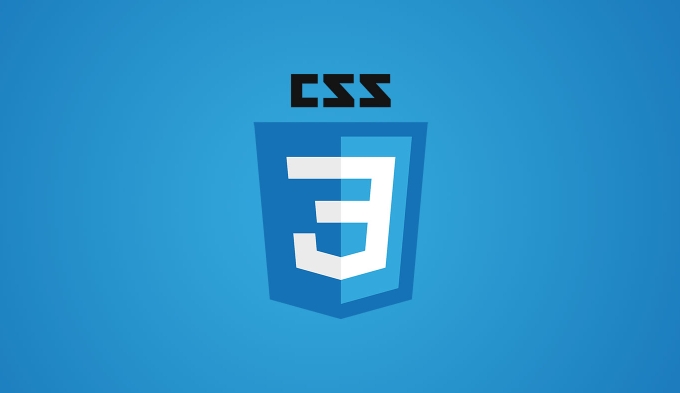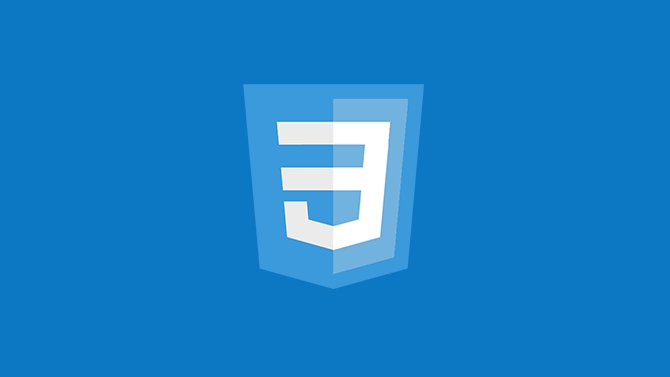Container queries in CSS allow components to respond to their parent container’s size, not the viewport. To use them, define a container with container-type, then apply styles using @container based on the container’s width (or height). You can optionally name containers with container-name for specificity. They enable modular, context-aware UI components without JavaScript, though browser support is still evolving, and container-type: size remains experimental.

If you've been working with responsive design, you probably know how useful media queries are. But what if you could make components respond to their container instead of the whole viewport? That's exactly what container queries in modern CSS let you do — and they're a game-changer for building modular, reusable UI components.

What Are Container Queries?
Container queries allow you to apply styles based on the size of a parent container rather than the entire browser window. This is super helpful when you have components that need to look different depending on where they’re placed — like a card layout that might show up in a sidebar or across a full-width banner.

Before container queries, developers often relied on JavaScript or hacky workarounds to get this kind of behavior. Now, it’s native and clean.
To use a container query, first, you need to define a container using the container-type property:

.my-container {
container-type: inline-size;
}Then, you can write a query like this:
@container (min-width: 400px) {
.my-component {
/* Styles here */
}
}This way, .my-component will only get those styles when its container is at least 400px wide — no matter where that container appears on the page.
How to Set Up a Proper Container
Not every element can be a container by default. You need to explicitly tell the browser which elements should act as containers. Here's how:
- Use
container-typeto define what kind of containment you want:inline-size: Reacts to width changes.size: Reacts to both width and height (still experimental).normal: No special containment.
You can also name your containers using container-name, which helps target specific ones if you have multiple nested containers:
.my-container {
container-type: inline-size;
container-name: card-container;
}Then, in your query:
@container card-container (min-width: 500px) {
/* Styles here */
}Naming is optional but useful when dealing with deeply nested components.
Practical Uses for Container Queries
One of the most common real-world uses is adjusting component layouts based on available space inside a parent. For example:
Imagine a product card that shows an image, title, and price. In a wide layout, you might want all three side by side. But in a narrow sidebar, stacking them vertically makes more sense.
Instead of writing complex, context-specific classes, you just set up a container around the card and write one rule:
@container (min-width: 300px) {
.card {
display: flex;
flex-direction: row;
}
}
@container (max-width: 299px) {
.card {
flex-direction: column;
}
}Now the same component adapts wherever it goes — no extra JS, no bloated frameworks.
Another great use case is typography scaling. Want text to grow slightly within a container as space allows? Yep, you can do that too.
Watch Out for Browser Support
Right now, container queries are pretty well supported in modern browsers like Chrome, Edge, and Safari. Firefox supports them behind a flag (layout.css.containerQueries.enabled), so it's not quite universal yet.
If you're targeting older environments or need full compatibility today, you might still reach for media queries or utility-based systems like Tailwind. But if you're building for modern browsers or don't mind progressive enhancement, container queries are safe to start experimenting with.
Also, keep in mind that container-type: size (which lets you query both width and height) is still experimental, so stick with inline-size unless you're okay with some instability.
And that’s basically it. Container queries aren’t complicated once you get the hang of them, but they open up a whole new level of flexibility in component-driven design.
The above is the detailed content of A modern CSS tutorial on container queries. For more information, please follow other related articles on the PHP Chinese website!

Hot AI Tools

Undress AI Tool
Undress images for free

Undresser.AI Undress
AI-powered app for creating realistic nude photos

AI Clothes Remover
Online AI tool for removing clothes from photos.

Clothoff.io
AI clothes remover

Video Face Swap
Swap faces in any video effortlessly with our completely free AI face swap tool!

Hot Article

Hot Tools

Notepad++7.3.1
Easy-to-use and free code editor

SublimeText3 Chinese version
Chinese version, very easy to use

Zend Studio 13.0.1
Powerful PHP integrated development environment

Dreamweaver CS6
Visual web development tools

SublimeText3 Mac version
God-level code editing software (SublimeText3)

Hot Topics
 What is 'render-blocking CSS'?
Jun 24, 2025 am 12:42 AM
What is 'render-blocking CSS'?
Jun 24, 2025 am 12:42 AM
CSS blocks page rendering because browsers view inline and external CSS as key resources by default, especially with imported stylesheets, header large amounts of inline CSS, and unoptimized media query styles. 1. Extract critical CSS and embed it into HTML; 2. Delay loading non-critical CSS through JavaScript; 3. Use media attributes to optimize loading such as print styles; 4. Compress and merge CSS to reduce requests. It is recommended to use tools to extract key CSS, combine rel="preload" asynchronous loading, and use media delayed loading reasonably to avoid excessive splitting and complex script control.
 External vs. Internal CSS: What's the Best Approach?
Jun 20, 2025 am 12:45 AM
External vs. Internal CSS: What's the Best Approach?
Jun 20, 2025 am 12:45 AM
ThebestapproachforCSSdependsontheproject'sspecificneeds.Forlargerprojects,externalCSSisbetterduetomaintainabilityandreusability;forsmallerprojectsorsingle-pageapplications,internalCSSmightbemoresuitable.It'scrucialtobalanceprojectsize,performanceneed
 Does my CSS must be on lower case?
Jun 19, 2025 am 12:29 AM
Does my CSS must be on lower case?
Jun 19, 2025 am 12:29 AM
No,CSSdoesnothavetobeinlowercase.However,usinglowercaseisrecommendedfor:1)Consistencyandreadability,2)Avoidingerrorsinrelatedtechnologies,3)Potentialperformancebenefits,and4)Improvedcollaborationwithinteams.
 CSS Case Sensitivity: Understanding What Matters
Jun 20, 2025 am 12:09 AM
CSS Case Sensitivity: Understanding What Matters
Jun 20, 2025 am 12:09 AM
CSSismostlycase-insensitive,butURLsandfontfamilynamesarecase-sensitive.1)Propertiesandvalueslikecolor:red;arenotcase-sensitive.2)URLsmustmatchtheserver'scase,e.g.,/images/Logo.png.3)Fontfamilynameslike'OpenSans'mustbeexact.
 What is Autoprefixer and how does it work?
Jul 02, 2025 am 01:15 AM
What is Autoprefixer and how does it work?
Jul 02, 2025 am 01:15 AM
Autoprefixer is a tool that automatically adds vendor prefixes to CSS attributes based on the target browser scope. 1. It solves the problem of manually maintaining prefixes with errors; 2. Work through the PostCSS plug-in form, parse CSS, analyze attributes that need to be prefixed, and generate code according to configuration; 3. The usage steps include installing plug-ins, setting browserslist, and enabling them in the build process; 4. Notes include not manually adding prefixes, keeping configuration updates, prefixes not all attributes, and it is recommended to use them with the preprocessor.
 What are CSS counters?
Jun 19, 2025 am 12:34 AM
What are CSS counters?
Jun 19, 2025 am 12:34 AM
CSScounterscanautomaticallynumbersectionsandlists.1)Usecounter-resettoinitialize,counter-incrementtoincrease,andcounter()orcounters()todisplayvalues.2)CombinewithJavaScriptfordynamiccontenttoensureaccurateupdates.
 CSS: When Does Case Matter (and When Doesn't)?
Jun 19, 2025 am 12:27 AM
CSS: When Does Case Matter (and When Doesn't)?
Jun 19, 2025 am 12:27 AM
In CSS, selector and attribute names are case-sensitive, while values, named colors, URLs, and custom attributes are case-sensitive. 1. The selector and attribute names are case-insensitive, such as background-color and background-Color are the same. 2. The hexadecimal color in the value is case-sensitive, but the named color is case-sensitive, such as red and Red is invalid. 3. URLs are case sensitive and may cause file loading problems. 4. Custom properties (variables) are case sensitive, and you need to pay attention to the consistency of case when using them.
 What is the conic-gradient() function?
Jul 01, 2025 am 01:16 AM
What is the conic-gradient() function?
Jul 01, 2025 am 01:16 AM
Theconic-gradient()functioninCSScreatescirculargradientsthatrotatecolorstopsaroundacentralpoint.1.Itisidealforpiecharts,progressindicators,colorwheels,anddecorativebackgrounds.2.Itworksbydefiningcolorstopsatspecificangles,optionallystartingfromadefin






